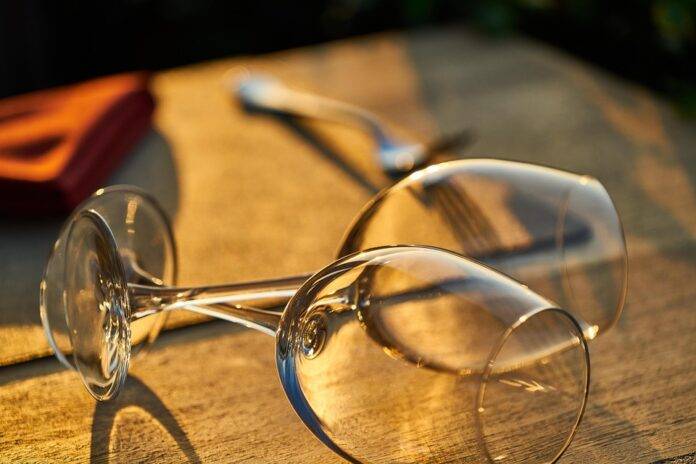The Impact of Oak Type and Aging Duration on Premium Merlot Quality
Introduction
Merlot is a popular red wine grape varietal known for its soft, velvety texture and rich flavors of plum, cherry, and chocolate. The quality of Merlot wine can be greatly influenced by the type of oak used for aging and the duration of aging. In this report, we will explore how different oak types and aging durations impact the quality of premium Merlot wine.
Oak Types and Their Influence on Merlot Quality
Oak barrels are commonly used in winemaking to impart flavor, aroma, and texture to the wine. There are two main types of oak used for aging wine: French oak and American oak.
French oak barrels are known for their subtle flavors of vanilla, spice, and toast. They are often used for aging premium Merlot wines to enhance the wine’s complexity and elegance. The tight grain of French oak allows for a slower extraction of flavors, resulting in a more refined and integrated oak character in the wine.
American oak barrels, on the other hand, impart more pronounced flavors of coconut, dill, and sweet spices. They are often used for aging bolder, fruit-forward Merlot wines to add richness and intensity to the wine. The looser grain of American oak allows for a quicker extraction of flavors, leading to a more upfront and robust oak profile in the wine.
The choice of oak type can significantly impact the overall quality and style of Merlot wine. Winemakers must carefully consider the desired flavor profile of the wine when selecting oak barrels for aging.
Aging Duration and Its Impact on Merlot Quality
The duration of aging in oak barrels also plays a crucial role in shaping the quality of Merlot wine. Longer aging periods allow the wine to develop more complex flavors, aromas, and textures.
Shorter aging periods, typically ranging from 6 to 12 months, are common for producing fresh and fruity Merlot wines with minimal oak influence. These wines are often approachable and easy-drinking, ideal for early consumption.
Extended aging periods, ranging from 18 to 24 months or more, are often reserved for premium Merlot wines that require additional time to mature and develop. The extended time in oak allows for greater integration of flavors, smoother tannins, and enhanced complexity in the wine.
Winemakers must carefully monitor the aging process to ensure that the oak influence is balanced and harmonious with the fruit character of the Merlot wine. Over-aging can result in overpowering oak flavors that mask the varietal characteristics of the wine.
Industry Insights and Financial Data
The global wine industry has seen a growing demand for premium Merlot wines in recent years, driven by consumer preferences for high-quality, artisanal products. Wineries that produce premium Merlot wines aged in French oak barrels are often able to command higher prices due to the perceived quality and prestige associated with these wines.
Financial data from leading wine producers such as Chateau Petrus and Opus One Winery show that premium Merlot wines aged in French oak barrels can sell for upwards of $100 per bottle, with some rare and collectible vintages fetching prices in the thousands.
The choice of oak type and aging duration can have a significant impact on the production costs and profitability of wineries. French oak barrels are generally more expensive than American oak barrels, adding to the overall cost of production. However, the higher quality and complexity of wines aged in French oak barrels can justify the premium price point.
In conclusion, the impact of oak type and aging duration on premium Merlot quality is a complex and nuanced process that requires careful consideration by winemakers. By selecting the right oak type and aging duration, wineries can create exceptional Merlot wines that showcase the unique characteristics of the grape varietal and the influence of oak aging.

